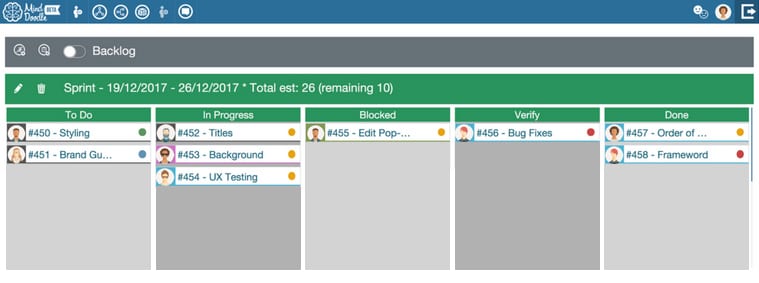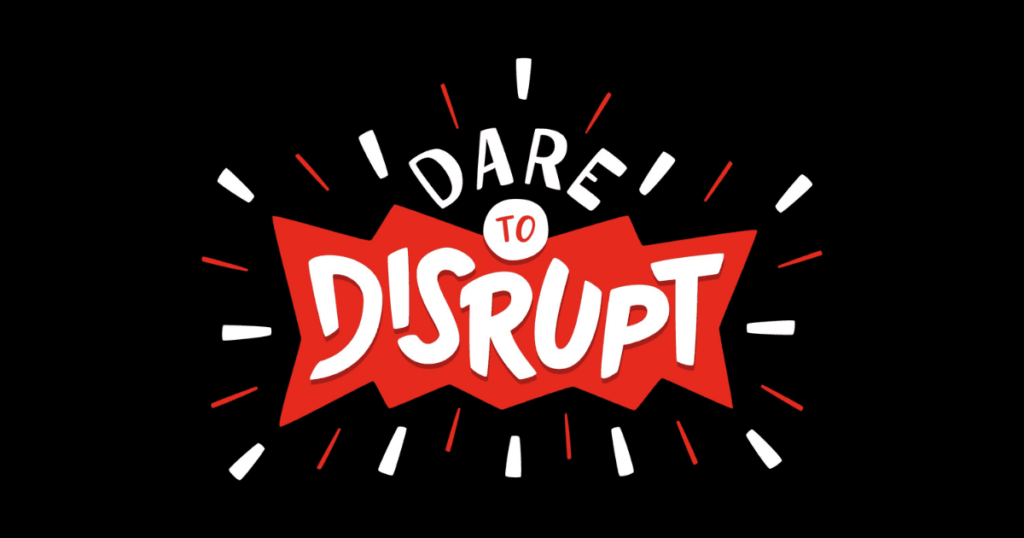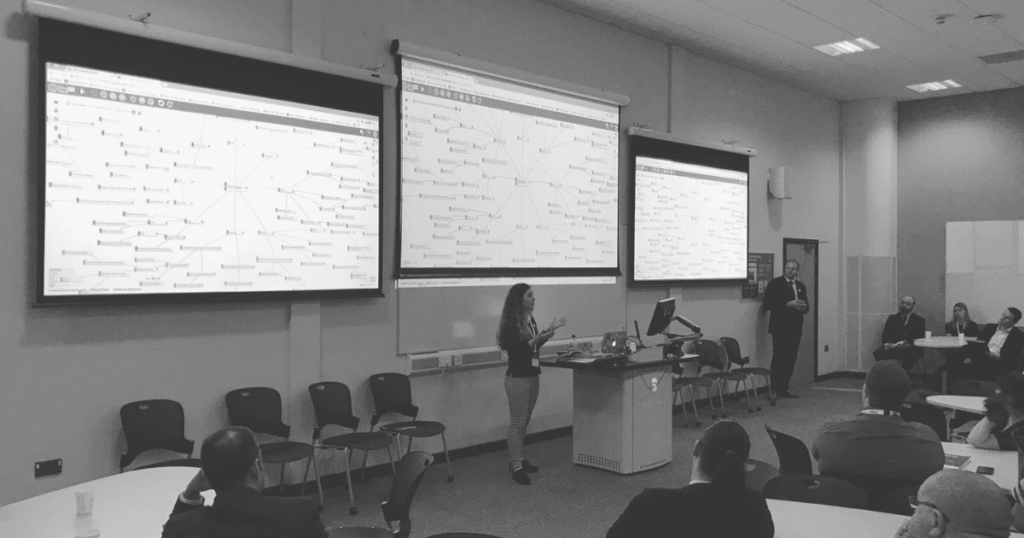Productivity can be bitesize.
Productivity can be done on a small scale. Think of it like scaling down from a book in a series to the chapters in a book, the pages in the chapter, the paragraphs on the page, the sentences in the paragraph, the words in the sentence and finally the letters in the word. You need to write or type one letter at a time. No matter how quickly you work, you still take it one letter at a time, and that’s fine.
Applying this approach to mind mapping, consider how easy it can be to break down complex processes into manageable tasks.
A mind map grows from a central topic, like the roots of trees spreading outwards, but we can visually break the tree down into branches, then into leaves and their veins. Each vein is important; by focusing on one at a time, a big project becomes less overwhelming. Then when you’re ready, you can return to the bigger picture with a glance, to keep on track for your project goals.
It’s natural to break down a business plan into sections, but we can take this further by following the methods of software developers, the occupation where agile working was born.
Agile is a way to manage projects by dividing tasks into short phases of work, often called sprints. It’s a popular and effective method for working, which calls for regular assessment and adaptation of plans.
Other industries can learn from this simple but effective ideology, which helps teams focus on details and specific tasks, working to regular milestones but without fear of adaptation.
Why does it work?
Small wins add up to big wins:
When you think small, you can win big. Efficiency improves with attention to detail and you cut less corners because sufficient time is allocated to each part of your project, no matter how small.
Hitting goals regularly makes you happy:
When you split tasks into smaller chunks, you will hit milestones more regularly. This means you feel your progress move forward with every step. Achieving success more often can significantly improve morale and enthusiasm at work.
Teams members understand how each other are doing:
When tasks are split into short ‘sprints’ or team members are focussed on specific tasks, they should also be aware of how their work contributes to the wider progress of the team. Equally, ensuring that the entire team can see what others are working on improves transparency and encourages individuals to align their efforts for combined success.
How can Mind Map Pro help improve small steps to big thinking?
When mind mapping with Mind Map Pro, focus on one thing at a time as you grow your mind map, but don’t restrict yourself; let your thoughts take you in a direction that feels natural. As you continue to build your mind map, you’ll begin to create links and connections to help you make greater leaps in understanding and inspire a bigger picture for wider project goals.
Mind mapping helps you to stay focussed, keeping you in the moment and on track, whilst offering you the ability to jot down random thoughts that come into your mind. This means that you never miss a bright idea, but still maintain excellent productivity. That’s why Mind Map Pro is a good tool for times where you need to get things done quickly, with immediate action. By mapping your ideas in a Doodle, you’ll create a flow that allows you to explore complex ideas in a relatively short amount of time. When you reflect back on your mind mapping experience, you’ll see that you developed richer ideas with this improved way of working.
Behind the scenes at Mind Map Pro, we’re working on an agile task manager extension. This will help you to assign tasks relating to any idea in your mind map to yourself or a team member. Tasks will be displayed in a visual board, where you can see the progress you are making as a team.
Here’s a sneak preview of how the agile task manager will look:

Learn more about how to mind map here.



